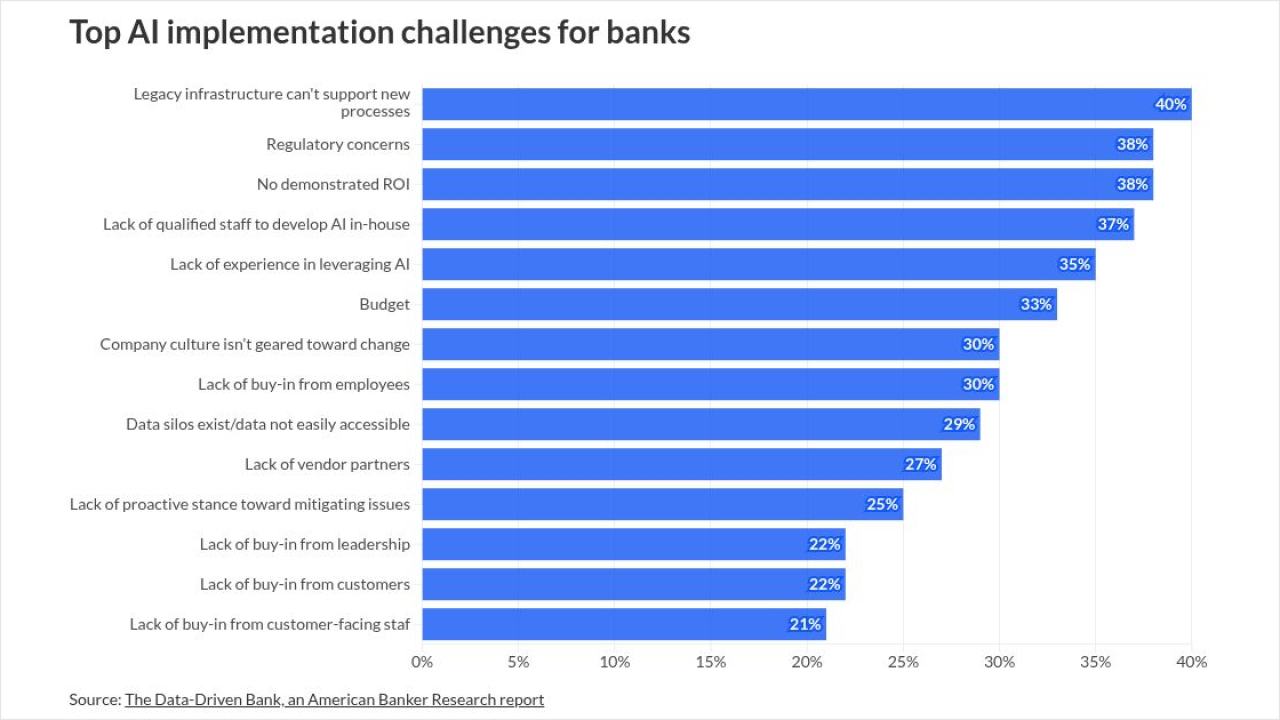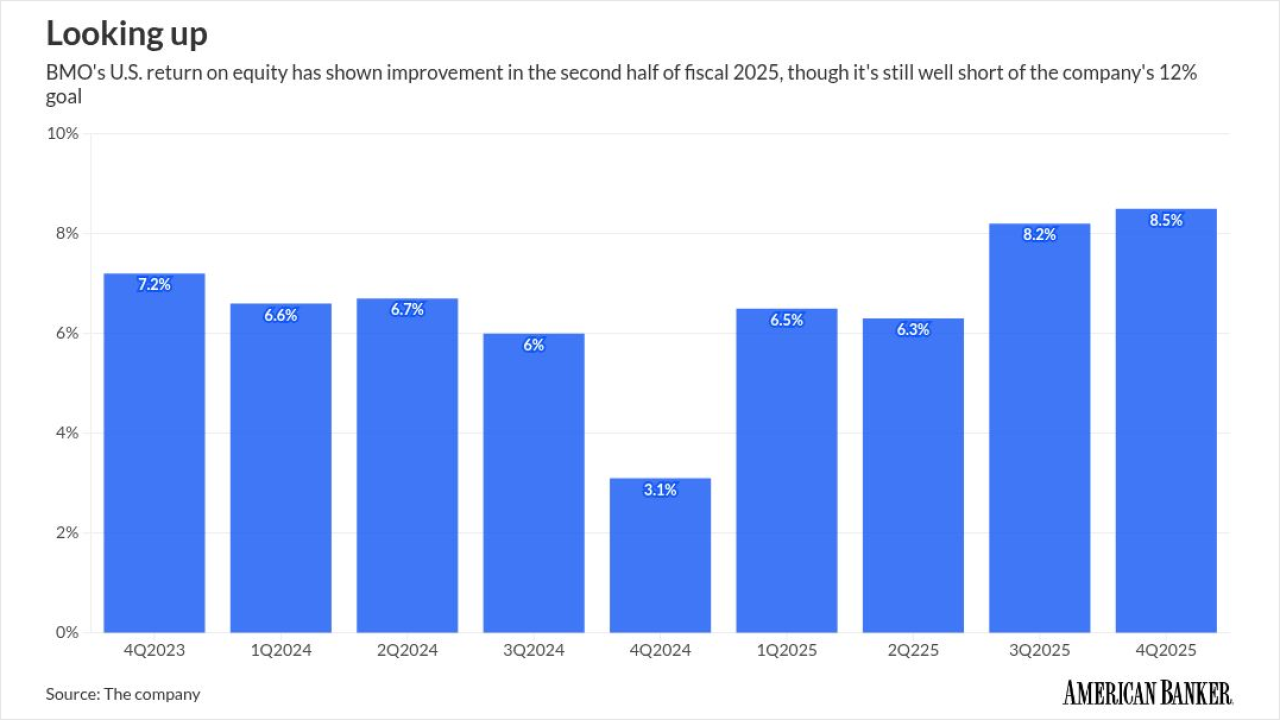- Key insight: Zions said its losses that led investors to sell off bank stocks en masse were an isolated incident.
- What's at stake: Banks have been under the microscope in the last week following three instances of losses due to alleged fraud by separate borrowers.
- Supporting data: Excluding the $50 million charge-off it disclosed, Zions' credit metrics improved in its third quarter.
The $89 billion-asset bank is working with a third party to review credit and collateral practices after disclosing a credit hit last week where it found "apparent irregularities and misrepresentations." So far, the company hasn't found any other concerning loans, CEO Harris Simmons said during
"Our credit history over a number of years speaks for itself," Simmons said. "This was a case where we had some unusual things going on that really are not commonplace. We're going to continue reviewing with an external party to make sure that we're learning from the experience and seeing what we can continue to improve upon."
Chief Credit Officer Derek Steward added that he was "confident" the loss was an isolated incident.
Simmons said Monday that the issue "was not something that came across the radar screen as early as we would have wished," but he thinks credit underwriting and collateral review is generally one of
"I think … one of the reasons that it got everybody's attention is it was not the kind of thing you'd expect from us," Simmons said.
The company's stock fell some 14% last Thursday, but recovered and stabilized in the following days.
Both Western Alliance and
"One of the strengths of our model is we try to have local decisioning at the affiliates … where they know the companies best," Steward said.
Excluding the costs of the alleged fraud,
Last month, a handful of banks logged credit hits ranging from $20 million to $200 million in connection with Tricolor Holdings, a subprime auto lender that has filed for bankruptcy and been accused of fraud by lenders. A few weeks later, the auto parts maker First Brands Group also filed for bankruptcy amid allegations of defrauding financial institutions.
As banks have released their quarterly financial results over the last several days, many have doubled down on their conviction in the quality of their loan portfolios. But the recent smattering of losses has also driven finger-pointing at the rapidly growing non-depository financial institution lending, or NDFI, sector — to which each of the three allegedly fraudulent borrowers is connected.
Simmons said he doesn't think there's a specific relationship between the three cases, but understands the concern. While some types of NDFI lending are quite safe, he said, others, like the rapidly growing private credit business, are at least "a yellow flag."
"The greater risk, I think, is going to be the spillover risk if or when that private credit sector finds itself in a period of stress," Simmons said. "They don't have the structural backstop of liquidity that the banking sector does. So again, given the high rate of growth in the sector, I think it's not unreasonable to think that it could pose some increased risk in credit markets."
The NDFI sector is one of the fastest-growing loan categories across the banking industry, and now makes up some 10% of all bank loans.
Steward said the Utah company has been in the business for a long time, and doesn't intend to increase its exposure significantly.
Even with the latest losses,
"We're going to continue doing underwrite the way we've done historically," Steward said. "So [the losses] will not change how we look at growth now. Can we learn? Sure. But we're going to continue doing what we've been doing."






